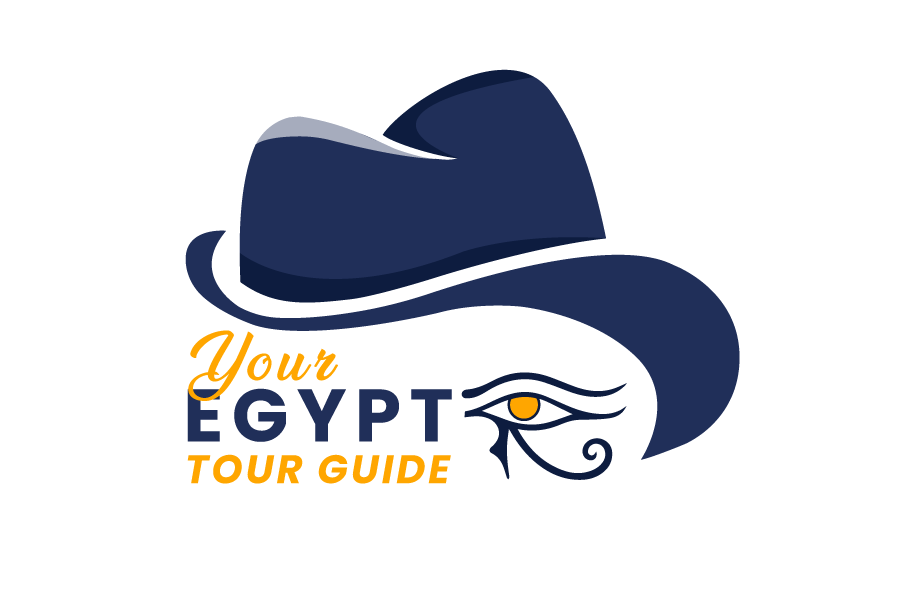The Philae Temple is an ancient Egyptian temple complex located on an island in the Nile River near the city of Aswan, in southern Egypt. Here are some interesting facts about the temple:
Age: The Philae Temple dates back to the Ptolemaic period, around 237-57 BCE. It was built on the site of an older temple that dated back to the New Kingdom period.
Design: The temple was designed in the classic Egyptian style, with a large courtyard, hypostyle hall, and sanctuary. It is dedicated to the goddess Isis, who was worshipped as the goddess of fertility, motherhood, and magic.
Location: The Philae Temple is located on an island in the Nile River, which makes it accessible by boat. It is also located near a number of other important historical and cultural sites, including the temples of Abu Simbel and Kom Ombo.
Relocation: The Philae Temple was originally located on the island of Philae, but was relocated to its current location on the nearby island of Agilkia in the 20th century to avoid being submerged by the rising waters of the Nile River caused by the construction of the Aswan High Dam.
Decorations: The temple’s walls are covered with elaborate reliefs and inscriptions that depict scenes from the life of Isis, as well as other important figures from ancient Egyptian mythology and history. The reliefs are highly detailed and finely executed, and they are considered some of the finest examples of ancient Egyptian art.
Sound and Light Show: The Philae Temple is also the site of an impressive sound and light show that takes place every evening. The show uses music, lights, and special effects to tell the story of the temple and its importance in ancient Egyptian religion and culture.
Construction: The temple was constructed over a period of several centuries, beginning in the 4th century BCE and continuing through the Roman period. It was built using sandstone blocks that were quarried locally and transported to the site by boat.
Design: The temple is designed in the classic Egyptian style, with a large courtyard, hypostyle hall, and sanctuary. The hypostyle hall is particularly impressive, with rows of columns decorated with lotus and papyrus capitals, and elaborate reliefs and inscriptions covering the walls.
Today, the Philae Temple remains an important historical and cultural site in Egypt. Its impressive architecture, elaborate decorations, and important religious significance make it a must-see destination for anyone interested in ancient history and culture.
Isis was one of the most important and widely worshipped deities in ancient Egyptian religion. She was associated with many different aspects of life, including motherhood, fertility, magic, and protection. Here are some more interesting facts about Isis:
Origins: The worship of Isis can be traced back to the Old Kingdom period of ancient Egypt, around 2686-2181 BCE. However, her popularity increased significantly during the Ptolemaic period, when the Greeks and Romans also began to worship her.
Symbolism: Isis was often depicted with a sun disk and cow horns on her head, which symbolized her association with the sky and the sun. She was also often depicted holding a lotus flower, which symbolized rebirth and regeneration.
Mythology: Isis was a central figure in many important myths and legends in ancient Egyptian religion. She was often depicted as a loving wife and mother, especially in her role as the wife of Osiris and the mother of Horus.
Magic: Isis was also associated with magic and healing. She was believed to have the power to protect the sick and to bring healing to those in need. Her magical powers were often depicted in ancient Egyptian art, where she was shown performing spells and incantations.
Importance: Isis was one of the most important and widely worshipped deities in ancient Egypt, and her influence can be seen in many aspects of Egyptian art, architecture, and literature. Her worship spread beyond Egypt to other parts of the ancient world, and she remained an important figure in Greco-Roman religion as well.
Overall, Isis was a complex and multifaceted deity who played an important role in ancient Egyptian religion and mythology. Her association with motherhood, fertility, magic, and protection made her a particularly important figure in Egyptian culture, and her influence can be seen in many aspects of Egyptian art, architecture, and literature.





